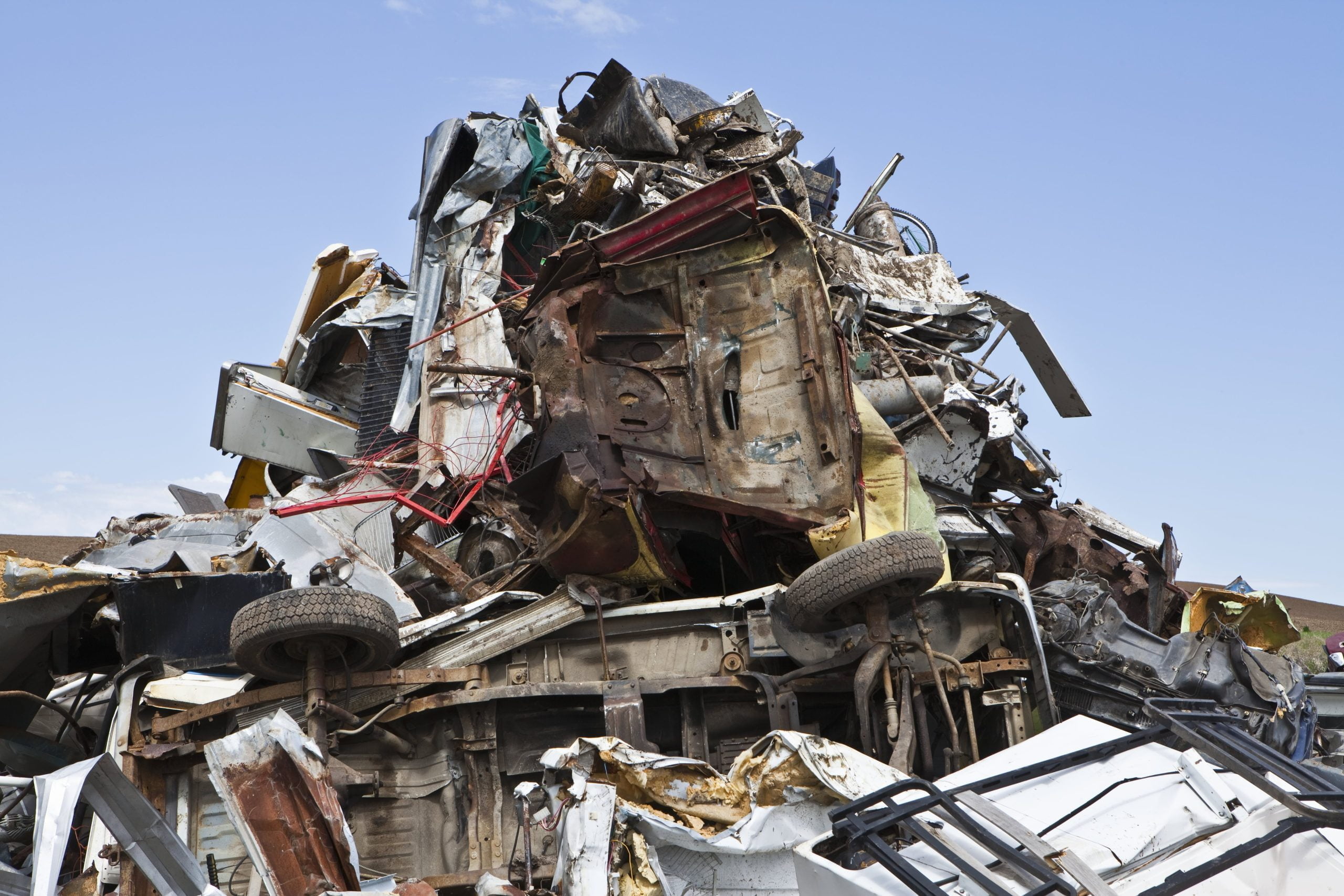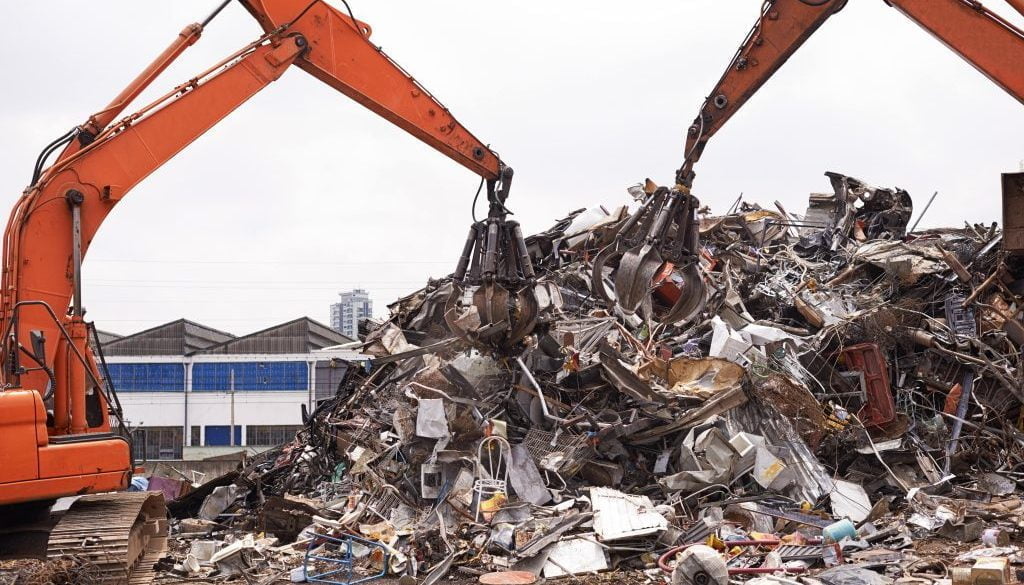Reducing Steel Scrap in Manufacturing
During the manufacturing process, the cost of raw materials is usually the most expensive for any industry. Hence, when a high volume of raw material is rejected, it can adversely impact a company’s profit margins. Review of the rejected material (called scrap) is critical and programs to reduce scrap are almost always part of manufacturers’ continuous improvement initiatives. But what is scrap and how can scrap be reduced in the context of metal fabrication and manufacturing industries? This will be covered further in this blog.
What is Scrap?

Manufacturing scrap is the unusable material from a manufacturing operation that will be discarded. Scrap can be subdivided into several categories while used as a general definition for all rejected material. First, there’s scrap that is rejected in raw material form. It may be due to spoilage, or it may be due to off-specification performance characteristics such as tensile strength or shatter point. This material has no additional processing or partial processing added to it. Second, there’s scrap that has been partially processed. Many manufactured goods are produced in stages of a production process, and the failure at any one step can mean that the part must be rejected as part of quality management of metal fabrication. This is more expensive than scrapping raw material as the partially finished part has had some value-added labor. Third, finished goods must be scrapped due to failure to meet specifications. Some can be reworked by adding labor to adjust the part or turn it into something else. Others may require complete scrapping if no rework can be performed.
Ways to Reduce Scrap and Rework

- Conduct Process Audits: Conducting process audits is the first step in any scrap reduction process. Without understanding the current process as it occurs, identifying scrap points would prove impossible in structural steel fabrication.
- Improve Communication and Change Management: Manufacturing is a fast-paced, noisy, and extended process. Communication is sometimes non-existent between upstream and downstream processes, and errors can be compounded as a result. The same is true for hand-written notes and tags, where handwriting quality, lack of clarity, and other shortcomings can impact the next production stage.
- Review Material Sourcing: The quality of a manufacturer depends not only on the quality of material and components used to make goods but also on the quality of material used in industrial processes, such as heat induction bending services. In the case of the former, a rigorous selection of materials such as tensile strength, alloy consistency, and vendor’s production methods can make or break a company’s quality when those materials are in production. In the latter case, cutting dies, routing heads, and other hardened tool types must be guaranteed to cut the material they claim to cut. If the performance characteristics of the tool are inferior, scrap can result.
- Document the Right Things: Many manufacturers are drowning in written documents from manual procedures. But when it comes to the most critical aspects of documentation, they are lacking. Design iterations for active products should always have defined and traceable access. This includes CAD and CAM drawings and any other engineering specifications.
- Evaluate Maintenance Strategies: Scrap occurs at a higher than desirable rate while using preventive methods, and most manufacturers have yet to move beyond them. This is because manual condition monitoring requires a lot of labor, manual checking, and measurement of temperature, wear, abrasion, and more. Tool-wear and failure may not be detected with a manual preventive maintenance strategy, and data may be omitted through error, bias, or training issues.
Curtain Call

Scrap is a necessary evil, however there are many means to reduce scrap in fabrication and manufacturing processes. It also requires a change of mindset to move towards sustainability in the steel manufacturing industry and management involvement may be required. So, the goal of companies should not be to make the “scrapyard” empty – but to ensure that lesser scrap is sent to the “scrapyard”!




